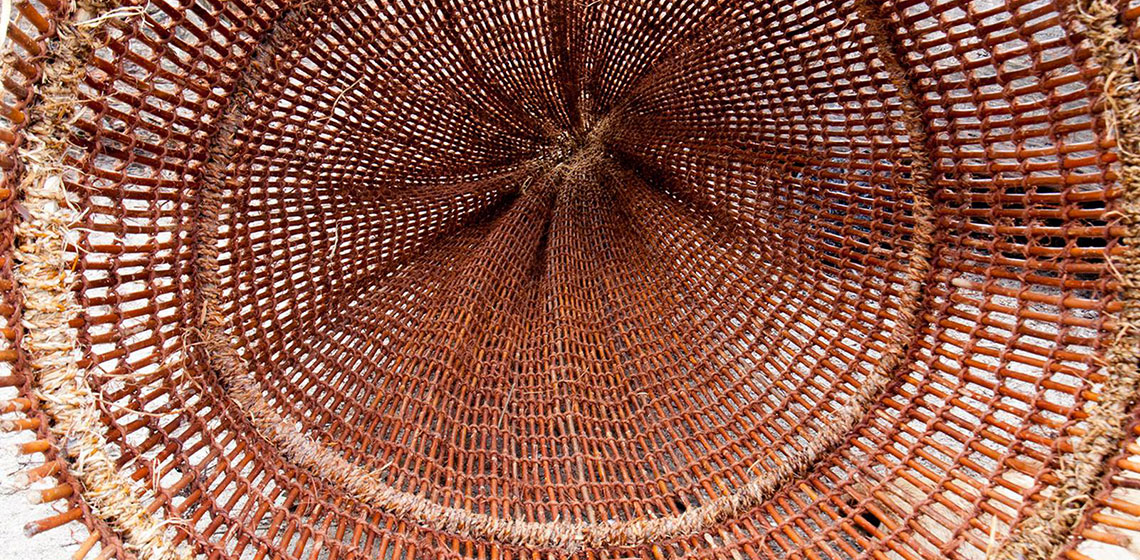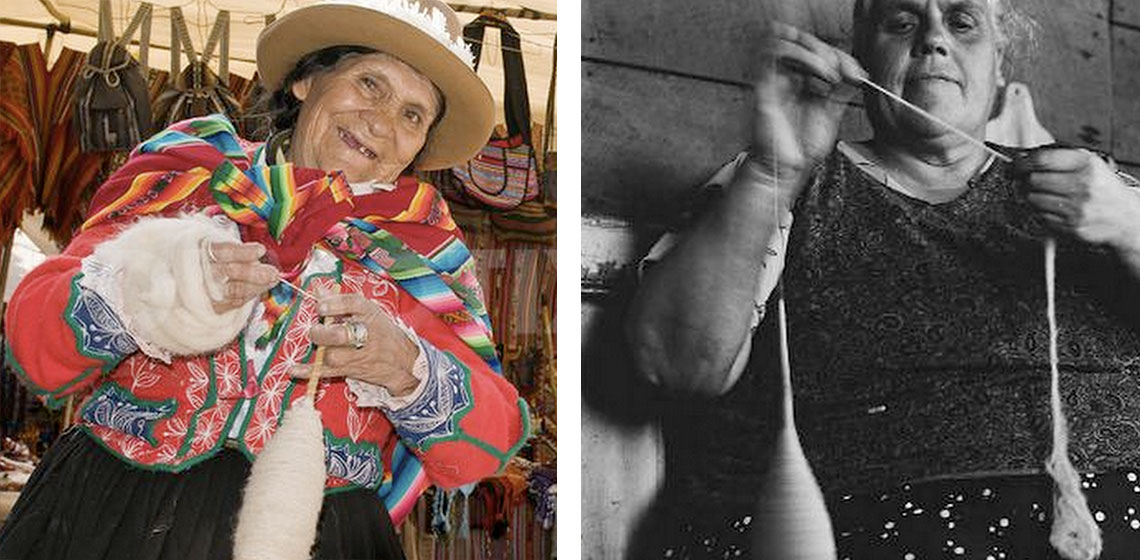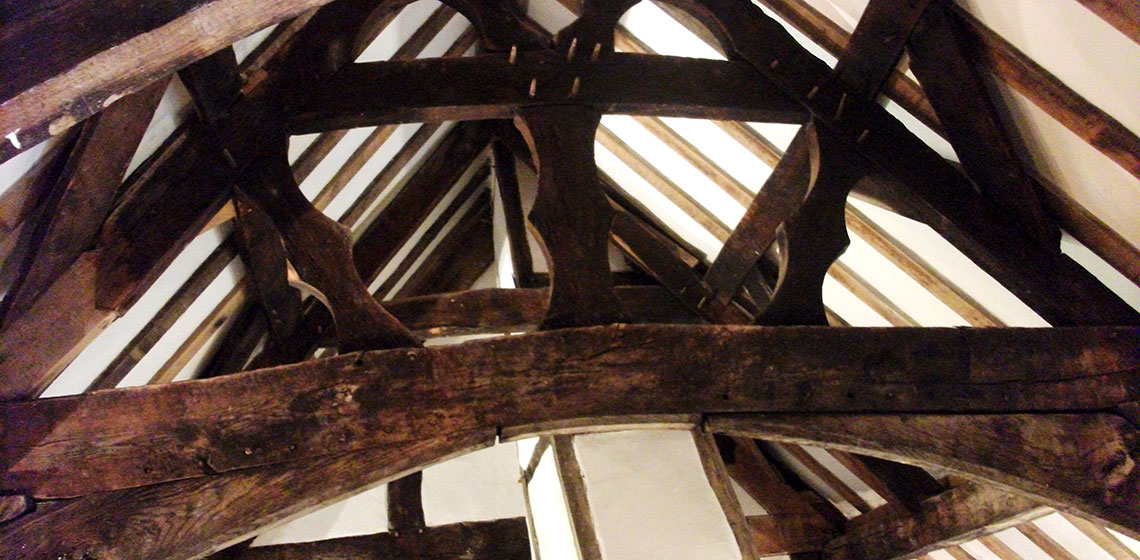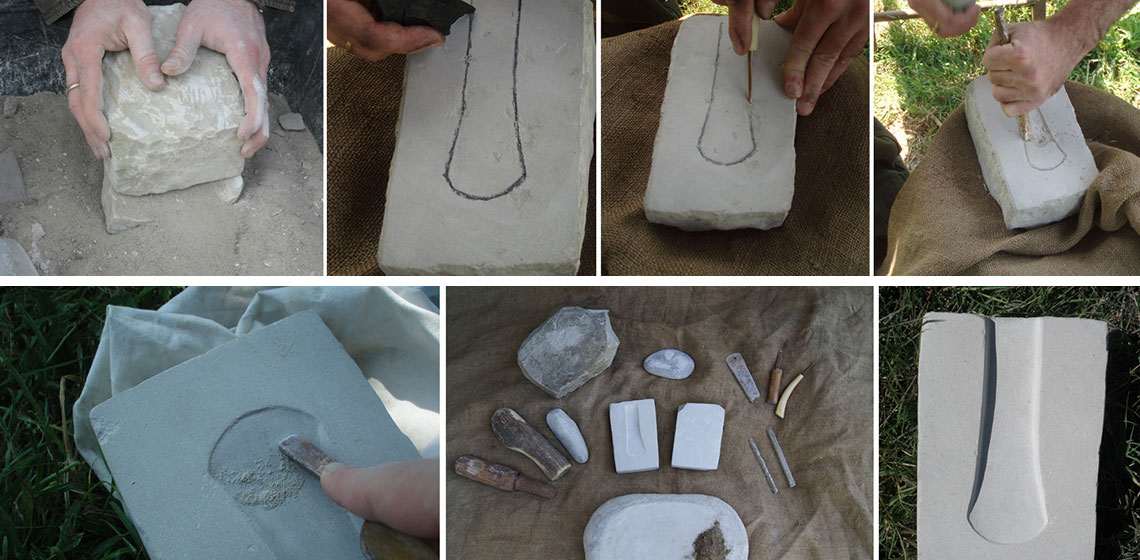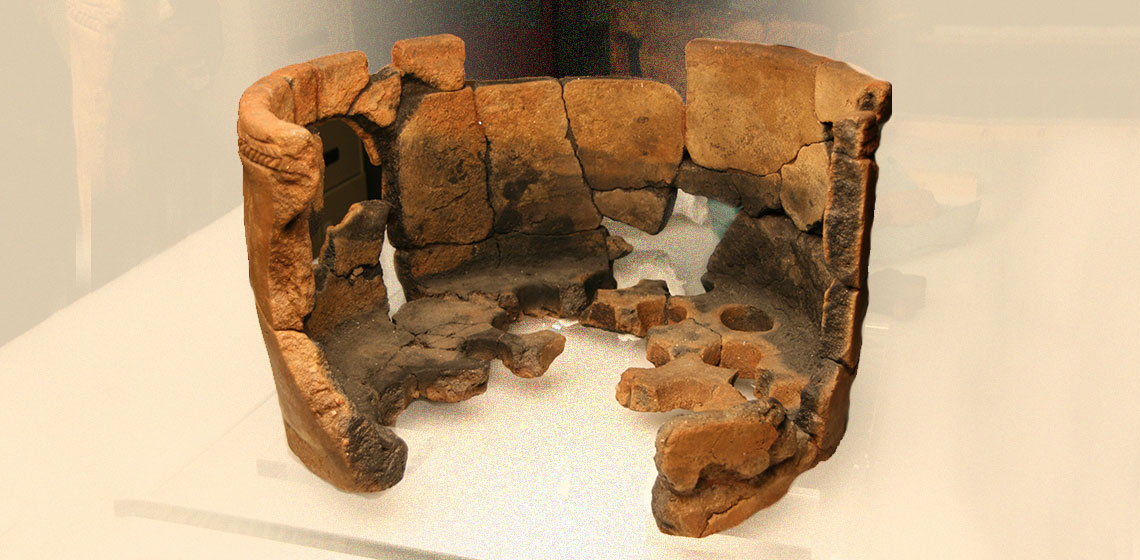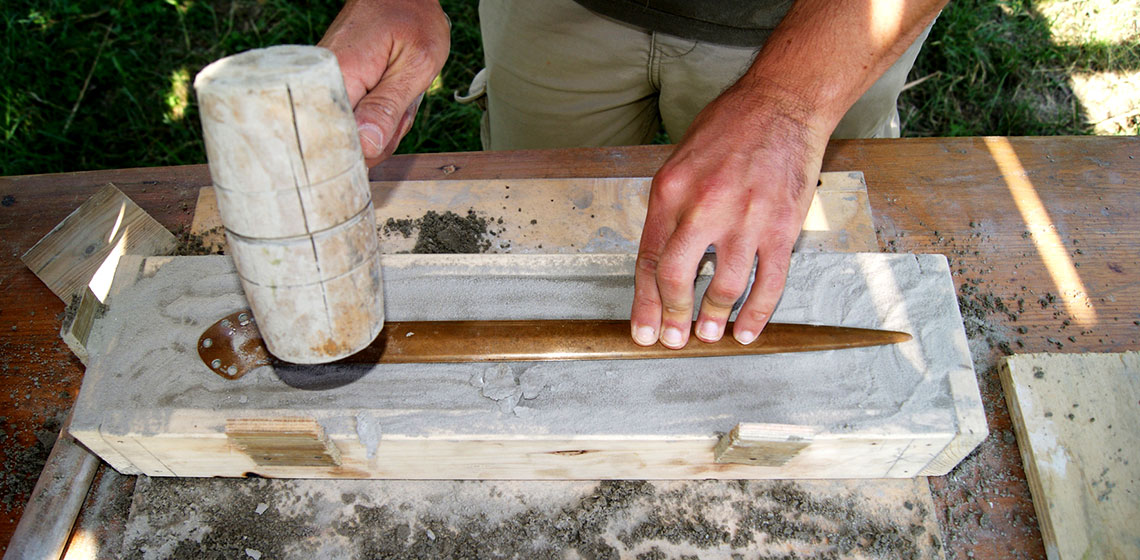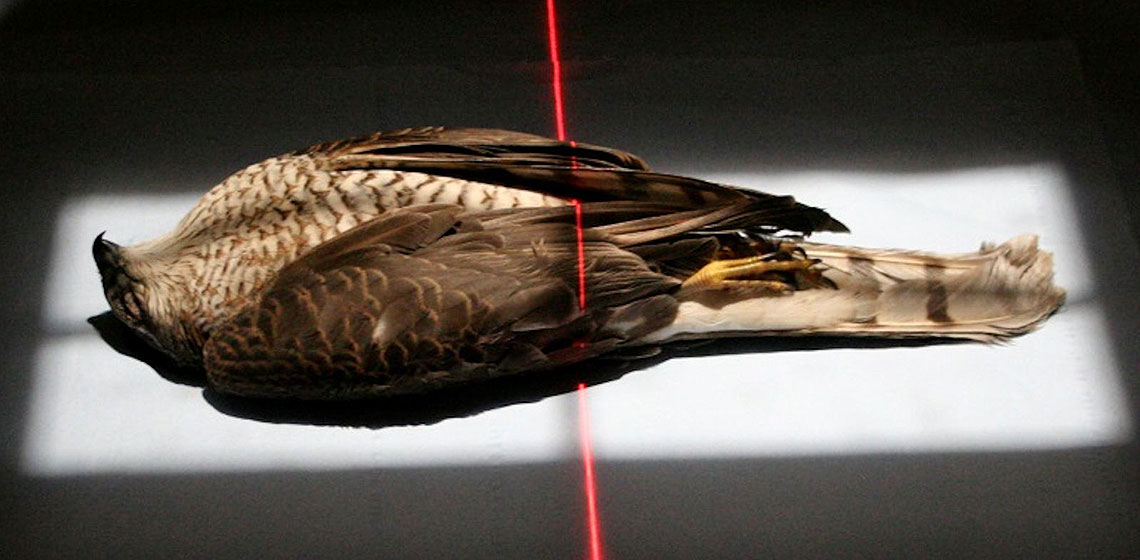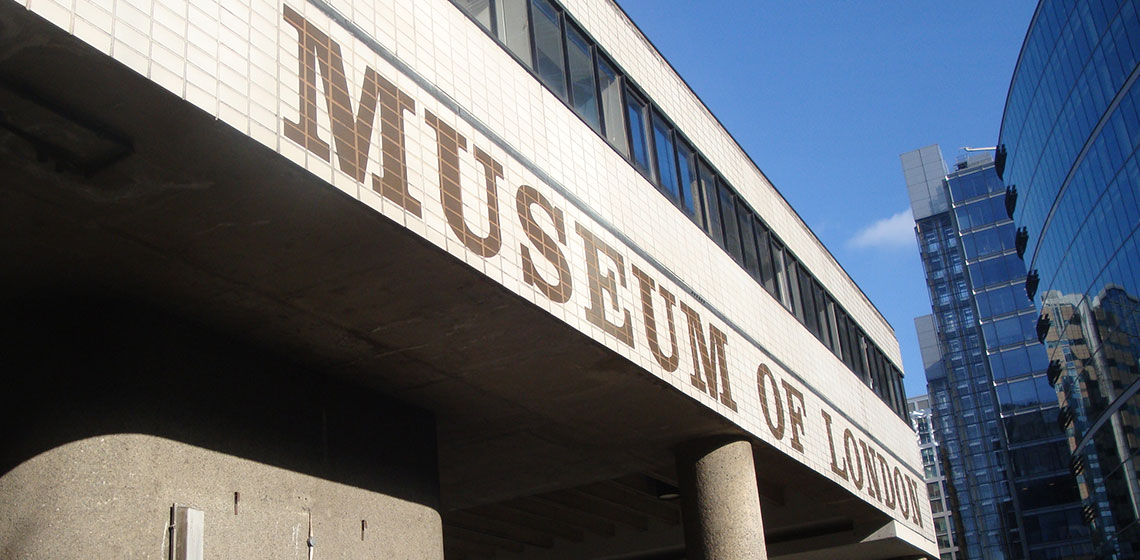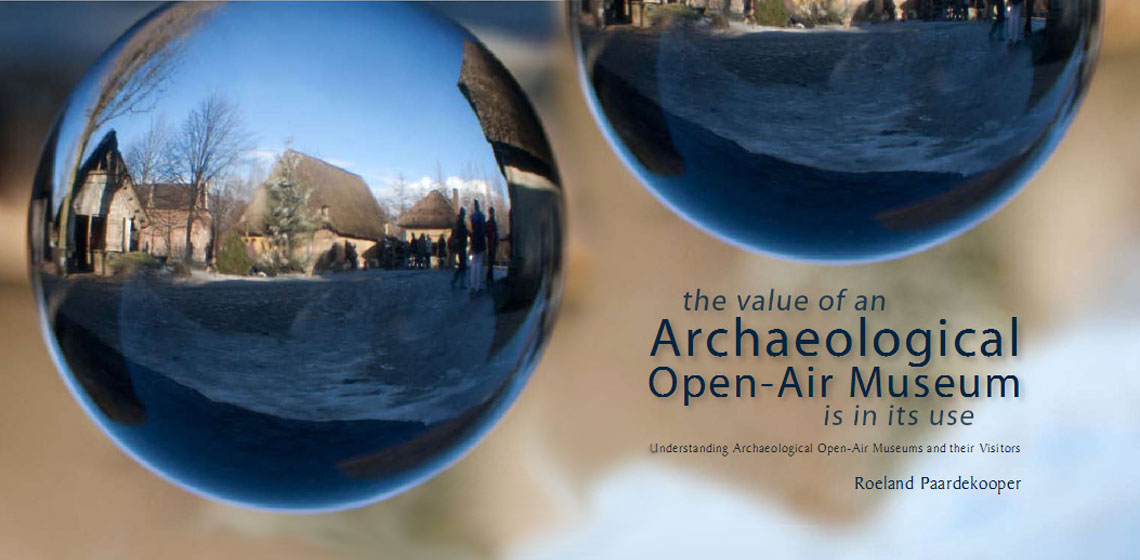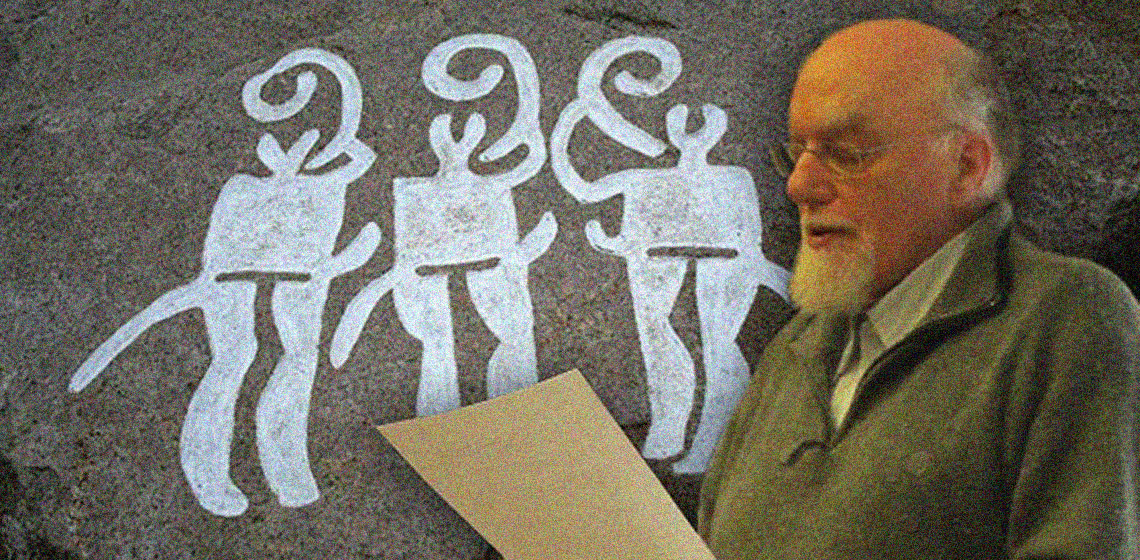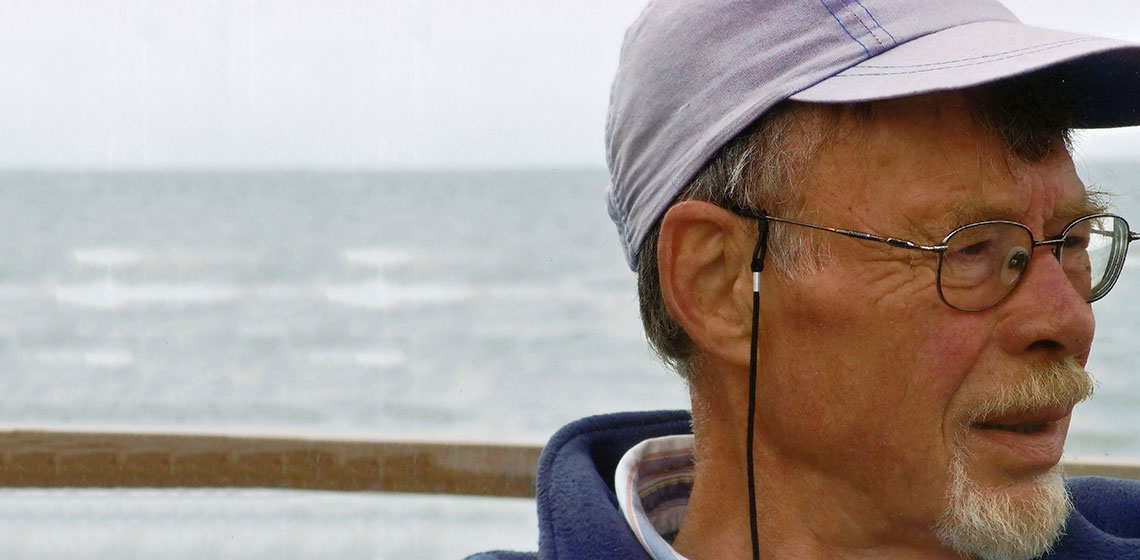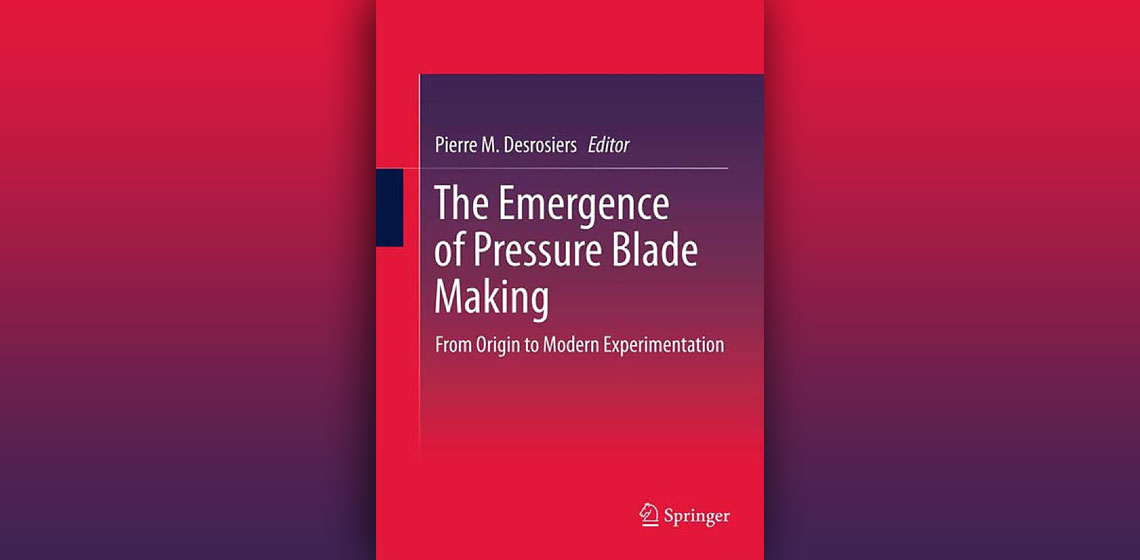EXARC Journal Issue 2014/1



16 Articles | DOAJ | Open Access
ISSN: 2212-8956
Publishing date: February 15, 2014
📄 EXARC Journal 2014/1 Table of Contents
Copyrights: EXARC, 2014
Summary
We now published EXARC Journal of 2014. It contains 16 articles divided over four sections, six articles are Mixed Matters, others are reviewed articles. It includes 5 articles from the 7th UK EU Conference in Cardiff 2013. The Conference (held in 2013) was hosted jointly by the School of History, Archaeology and Religion at Cardiff University and St Fagan’s Open-Air Museum (UK). The conference consisted of two days of presentations, as well as a poster session at the end of the first day. Other articles are a.o. from the OpenArch meeting in Foteviken, Sweden, as well as some other OpenArch related themes.
Reviewed Articles
Reconstructing a Prehistoric Fish Trap
***Fish traps, still in use all over the world today for catching fish and crustaceans, have been used by mankind at least since the Mesolithic period. Their shape at that time is quite well-established, suggesting that they may have originated even earlier (Bulten et al, 2002: 108). This type of fish trap is made up of two elements: the funnel and the main trap body (or pot)...
Reproducing the Wall Painting of the Abduction of Persephone (Vergina-Macedonia): Conditions and Restrictions for a Successful Archaeological Experiment
From Mead to Snakebite - An Ethnography of Modern British University Sports Team Drinking Culture and its Parallels with the Drinking Rituals of the Viking World
***The idea for this paper came, as these things often do, in a bar. The interesting twist was that instead of being an inebriated patron, I was actually working behind the bar observing the scenes of intoxicated students with a bemused expression. What began as a joke...
Variables and Assumptions in Modern Interpretation of Ancient Spinning Technique and Technology Through Archaeological Experimentation
History Matters at Ty Mawr Medieval Hall
Stone Moulds from Terramare (Northern Italy): Analytical Approach and Experimental Reproduction
***A large number of stone moulds, dating to Middle and Late Bronze Age (approximately 1650-1150 BC) has been found in Terramare sites since the 19th century. They were made to produce a wide range of bronze objects, such as ornaments, weapons and tools. Empirical observations of casting experiments revealed that different types of stone do not give the same response to the heat of molten metal...
The Registry of Memory Process Applied to Experimental Archaeology in a Castromao “Oven”
***Memory is the cognitive process that codifies, stores and retrieves past actions that are perceived in the present, generating our remembrances and perceptions of the past and informing our knowledge of the world around us (...) Applied to archaeology, memory can be understood as the marks or...
Observations on Italian Bronze Age Sword Production: The Archaeological Record and Experimental Archaeology
***In spite of the very large quantity of Bronze Age swords in Northern Italy, only a few stone moulds have been found. Tests have shown that carving such big stone moulds (more than 60 cm long) requires a large amount of raw material, deep knowledge and skill, rather than a wide set of implements...
The Mummification of Votive Birds: Past and Present
***A mummy is defined as a ‘well-preserved dead body’ (Cockburn, Cockburn & Reyman 1998, 1), achieved by either natural or anthropogenic methods and refers to both human and animal subjects. Mummies achieved through both these methods are found in ancient Egypt as a result of preservation through desiccation, achieved by direct contact between the corpse and a dry, sandy matrix (natural); or through the use of natron (anthropogenic), coupled with evisceration (the removal of the internal organs) and anointment with resinous compounds, followed by wrapping the corpse in layers of linen (Ikram and Dodson 1998; Taylor 2001).
“You could See it [the Past] in your Mind”: What Impact might Living History Performance Have on the Historical Consciousness of Young People?
Combining theoretical perspectives with two case studies carried out in 2008 with British students aged from 10-17 years old, this paper will explore how living history might contribute to the development of young people’s historical consciousness and help them to cope with the social and cultural differences which confront them when learning about the past. In particular, it will focus on the effectiveness of first- and third-person interpretation.


